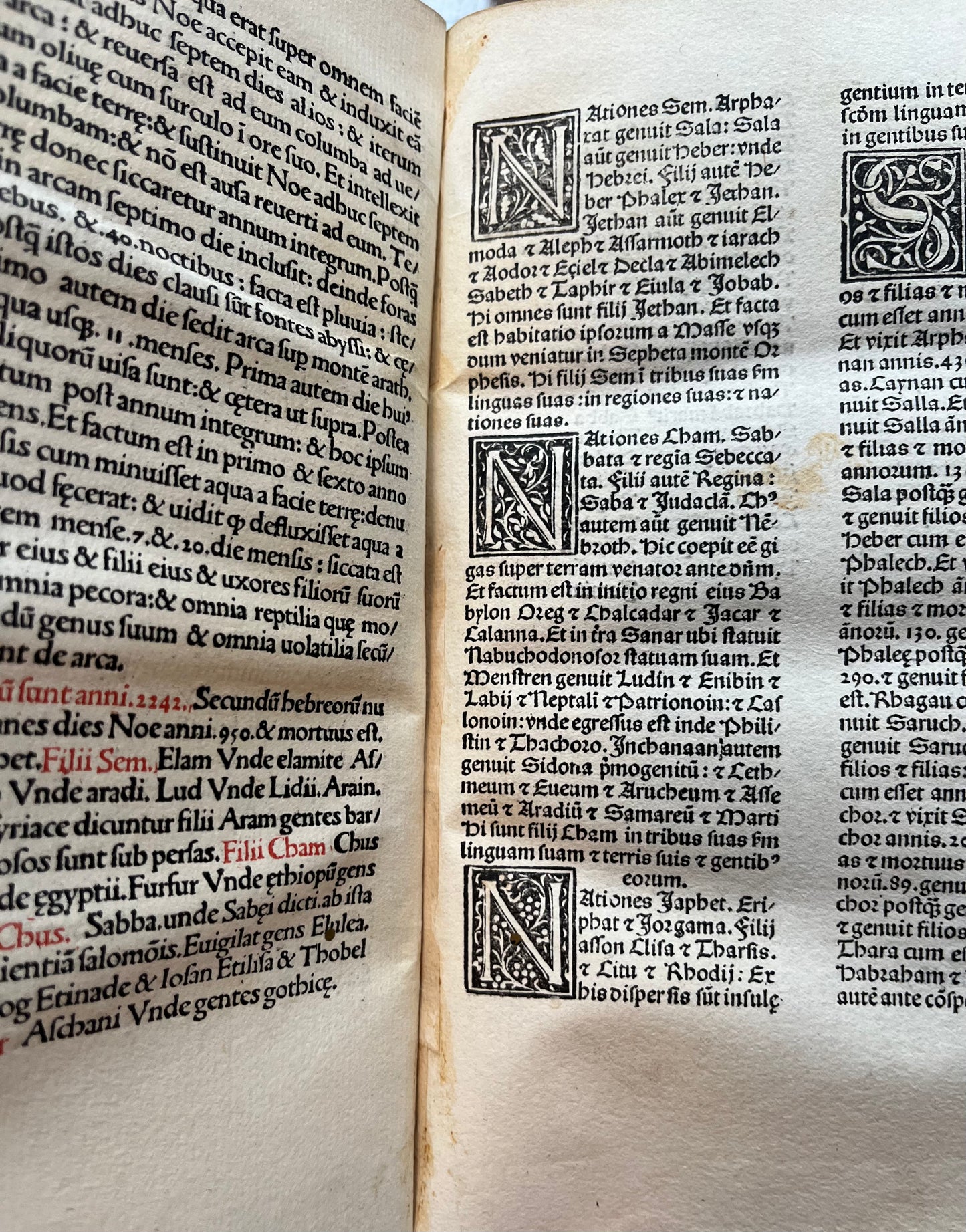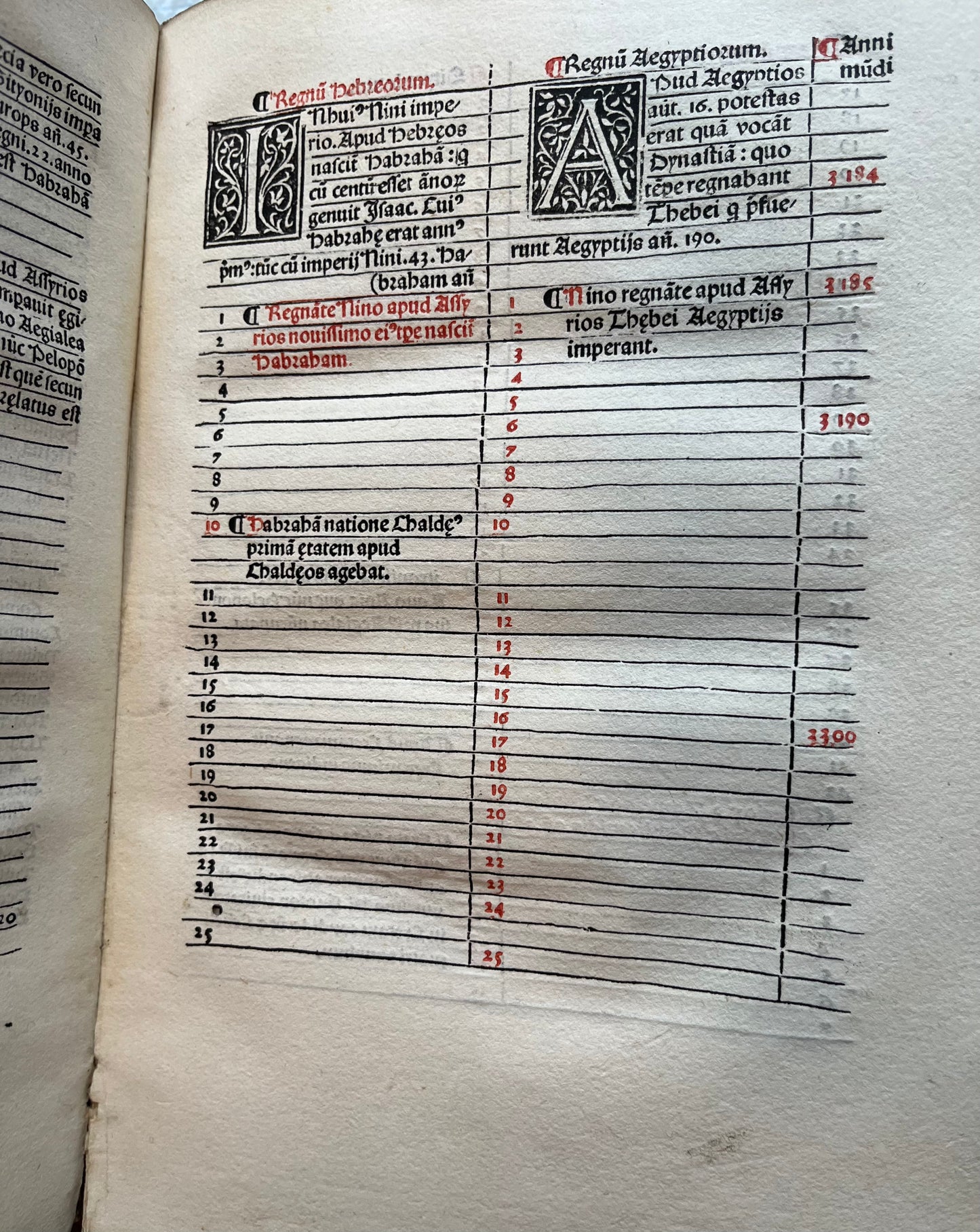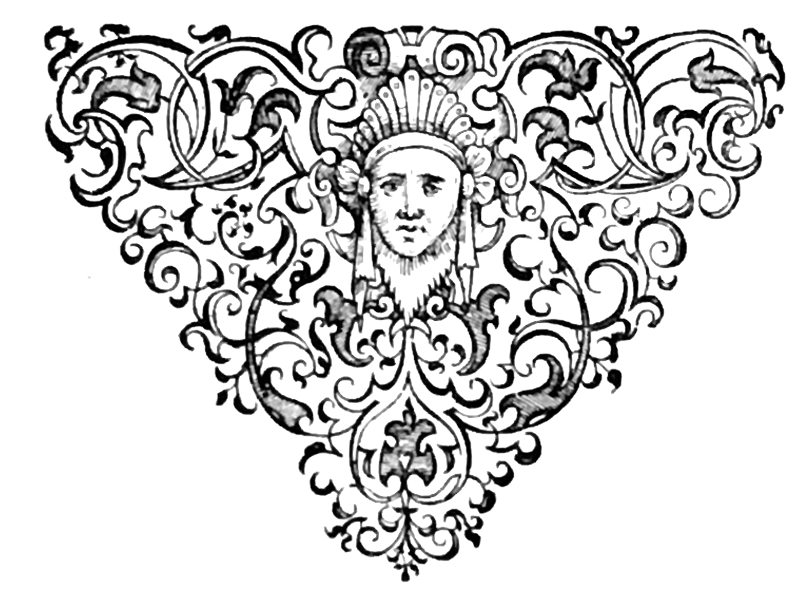De Bry Rare Books
Incunabula - Eusebius's Chronicon - Erhard Ratdolt 1483
Incunabula - Eusebius's Chronicon - Erhard Ratdolt 1483
Couldn't load pickup availability
"An important incunable which contains early references to the Olympic victors and to Gutenberg's invention of the Western Printing Press. Ratdolt's skilled Typography would influence William Morris and the 19th Century Fine Press movement "
-Eusebius's "Chronicon"
-Published by Erhard Ratdolt in Venice
-1483
-Complete text - 170 pages (a-v8,x10 - with first and last blank leaves). Without the 12 page index.
-Later 18th Century vellum binding. Very good condition with clean, thick paper. Faded water stains to the upper third of the paper, mostly in the first third of the book. Some loosening of quires but remains bound.
The "Chronicon", or Chronicles, were written by Eusebius (265-339), a Greek/Syrian historian of Christianity who lived in the later stages of the Roman empire. He was well regarded as a scholar of the Bible and wrote the Chronicon in the 4th Century AD. In its initial format, the work contained a history of the world from the time of Abraham until Constatine I's rule in the 4th Century. It was written in tabular format to include important dates in the history of the world and the Church. Interestingly it includes the names of Olympic victors from 776 BC until AD 217 - an almost 1000 year period.
Alongside the writings of Eusebius, this 15th Century work contains the continuation of Prosper aquitanus (until 448), Mattheus Palmerius Florentinus (until 1448) and Matthias Palmerius Pisanus (until 1481). The updated work is particularly well known for being one of the earliest (the third) publications to mention Gutenberg's invention of the western printing press, which is contained in the entry for 1457.
Ratdolt was one of the most important printers of the Renaissance who was a highly skilled printer. Technically he was able to produce innovative designs including the tabulated layout of this book and coloured printing in red and black inks. This work is one of the earliest to master the art of printing in tabular form. The use of red and black would have required each sheet to be printed twice - once with black ink and once with red ink. Typographically his use of fonts and drop caps were highly regarded at the time, and would go on to inspire later printers including William Morris.














